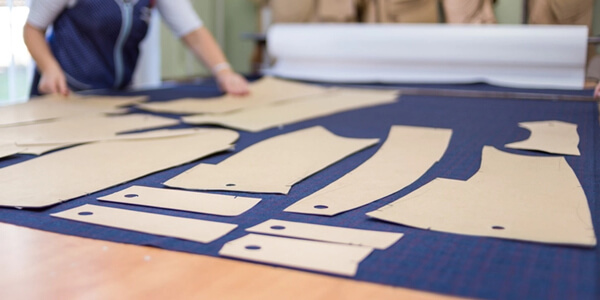
Understanding Different Types of Lingerie Samples for Production
I. Introduction
When it comes to garment production, samples play a crucial role in ensuring that the final product meets the desired quality standards. Samples allow manufacturers to test and refine the design, fit, and overall functionality of a garment before it is mass-produced.
In the lingerie industry, there are several types of samples that are used throughout the production process. These samples serve different purposes and are produced at different stages of the manufacturing process.
In this article, we will provide an overview of the different types of lingerie samples used in garment production. We will explain the purpose of each type of sample, outline the differences between them, and provide a brief description of what to expect from each one. By the end of this article, readers will have a better understanding of the importance of samples in lingerie production and how they can be used to improve the overall quality of the final product.
II. Types of Samples
| Sample Type | Order | Purpose | Differences | Description |
| Concept/sample development | 1 | To explore design ideas and establish initial design direction. | N/A | It involves brainstorming and sketching out various design concepts. |
| Design/sample proto | 2 | To refine the design and create a prototype of the garment. | Concept/sample development: Design proto samples are more refined than concept samples, and they are closer to the final product. | It involves creating a sample garment with basic features and design details. |
| Pattern/sample pattern | 3 | To create a pattern from the design and proto sample. | Design/proto sample: Pattern samples are more technical and used to make the final garment pattern. | It involves creating a flat pattern from the design proto sample. |
| Fit/sample fit | 4 | To check the fit of the garment on a model or mannequin. | Pattern sample: Fit samples are made to test the fit of the garment on a model or mannequin. | It involves creating a sample garment using the pattern and checking the fit. |
| Pre-production/PP sample | 5 | To check the quality, construction, and accuracy of the final garment. | Fit sample: PP samples are made using the final fabric and trim to check the quality, construction, and accuracy of the final garment. | It involves creating a sample garment using the final fabric and trim, and checking the quality and construction. |
| Salesman/sample sales | 6 | To show the garment to potential buyers and take orders. | PP sample: Sales samples are made in a range of sizes and used to show the garment to potential buyers and take orders. | It involves creating a sample garment in a range of sizes and taking it to showrooms or trade shows to take orders. |
| Advertised/photo sample | 7 | To create images for advertising and promotion. | Sales sample: Advertised/photo samples are made to create images for advertising and promotion. | It involves creating a sample garment to photograph and use in advertising and promotion. |
| Size set/full-size sample | 8 | To check the fit and size range of the final garment. | Advertised/photo sample: Size set samples are made in all sizes to check the fit and size range of the final garment. | It involves creating a sample garment in all sizes to check the fit and size range of the final garment. |
| Production/Bulk sample | 9 | To check the quality and accuracy of the final production. | Size set sample: Production samples are made in bulk to check the quality and accuracy of the final production. | It involves creating a sample garment in bulk to check the quality and accuracy of the final production. |
| Shipment sample | 10 | To check the quality and accuracy of the final shipment. | Production sample: Shipment samples are made from the final shipment to check the quality and accuracy of the final shipment. | It involves creating a sample garment from the final shipment to check the quality and accuracy. |
III. Conclusion
In conclusion, garment samples play a crucial role in ensuring the success of a garment production. Throughout this article, we have discussed various types of samples, their purposes, and differences. From prototype samples to top samples, each type serves a unique function in the garment production process.
As a garment manufacturer or designer, understanding the different types of garment samples can help you make informed decisions about your production process. It can also ensure that you are producing high-quality garments that meet the needs of your customers.
In summary, taking the time and effort to create and approve samples can save you time, money, and resources in the long run. By prioritizing the sample-making process, you can ensure that your final product meets your expectations and those of your customers.
